Growing your own seedlings is a fantastic gardening skill to learn!
When you do venture into growing your own seedlings, often sprouting your seeds is the easy part. Growing a healthy seedling takes some practice, and if you’re a beginner you might end up losing a few plants along the way.
Because not every seedling makes it into the garden it’s always better to grow more than you need to transplant (& you can always give the extra to friends or family to spread the gardening love).
When to Transplant Seedlings
I usually transplant my seedlings after the 2nd true leaf. A true leaf is not the same as the ‘cotyledons’ that are the first leaves to emerge when a plant germinates. Cotyledons provide nutrients to the seedling until its true leaves unfurl and begin the process of photosynthesis. True leaves will look different from the cotyledons and it might take a little observation if you’re a beginner gardener to know the difference.
I often sprout my seeds in small seed starting trays then move them into larger pots around 2 weeks after sowing.
Some crops like peppers and eggplant for example take longer to germinate and grow. Seeds like summer and winter squash, zucchini, and cucumbers sprout and grow so fast that I skip seed seeding trays and sow them directly into larger pots to reduce the need to transplant too often.
I keep track of my seed starting and transplanting with my garden planner and I make sure I have a good sowing and transplanting schedule too for the season.
If your plants got too leggy, which is often caused from not having a fan on or in-consistent light) I’d transplant them sooner rather than later.
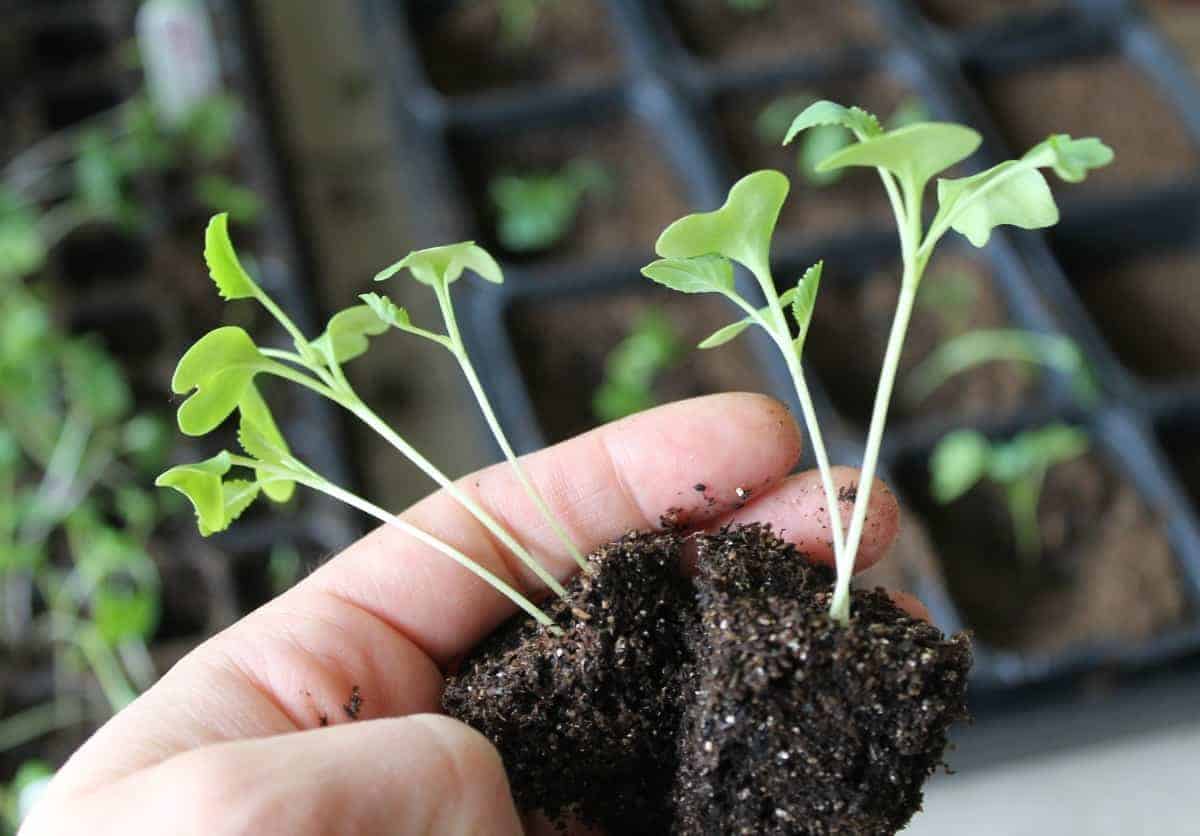
How to Transplant Seedlings
Be careful handling them!
I usually scoop out the seedling with a spoon at the base of the soil, at the edge of the plastic to try and limit root disturbance.
Crops like beans and peas are more sensitive to root disturbance and do not transplant very well (although I have succeeded, you just need to be extra gentle). After I’ve scooped them out, I gently separate any that were clumped together and check for plant vigor before moving them into bigger pots.
Avoid handling the stem, they have a high chance of breaking that way.
Before Transplanting Seedlings from Trays
Before transplanting your little seedlings into larger pots, one thing to look for is plant vigor. Because you likely won’t need all the seedlings you sprouted (you can eat them as microgreens or compost them) checking them over to see which ones grew the fastest, strongest and look the healthiest ensures a better likelihood of a healthy transplant later down the road.
Keep in mind crowding will also reduce how large a seedling can get because of root, space and nutrient competition. Once you’ve sorted through your seedlings and have counted how many you we’re planning on having in your garden you can begin re-potting them.
I glance over the plants for vigor before scooping them out and do a few at a time rather than having 14 seedlings out of the soil.
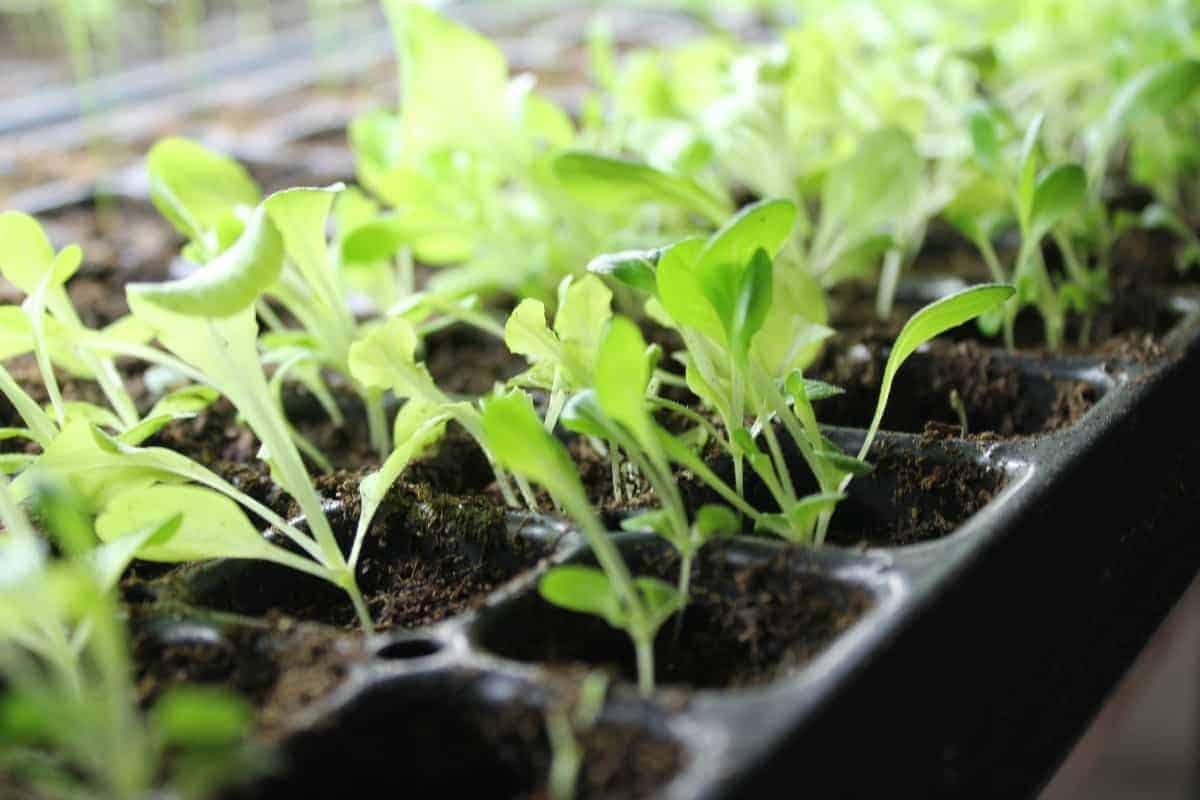
After sorting through your seedlings and checking which ones are the healthiest you’re ready to move them into larger pots. Make sure you disinfect your seeding trays and pots first. After they are clean get them ready and fill them half-full with seed starter soil, at this stage I also add a sprinkling or worm castings in the center.
Holding them by the base of the plant, place them in the center of the soil, then while carefully holding the seedling in the middle, add more soil around the plant. Gently press the soil down around the plant as you add the soil, otherwise after you water you’ll end up with it sinking down. Keep adding soil until the base of the cotyledons. If you have a very leggy plant you can gently bend the stem so that most of it is inside the pot and it’s not sticking out too much. Be sure to water your seedlings as soon you’ve transplanted them and add more soil if it sinks down.
Keeping adequate light source and a fan to mimic wind will help create stronger plants with thicker stems.
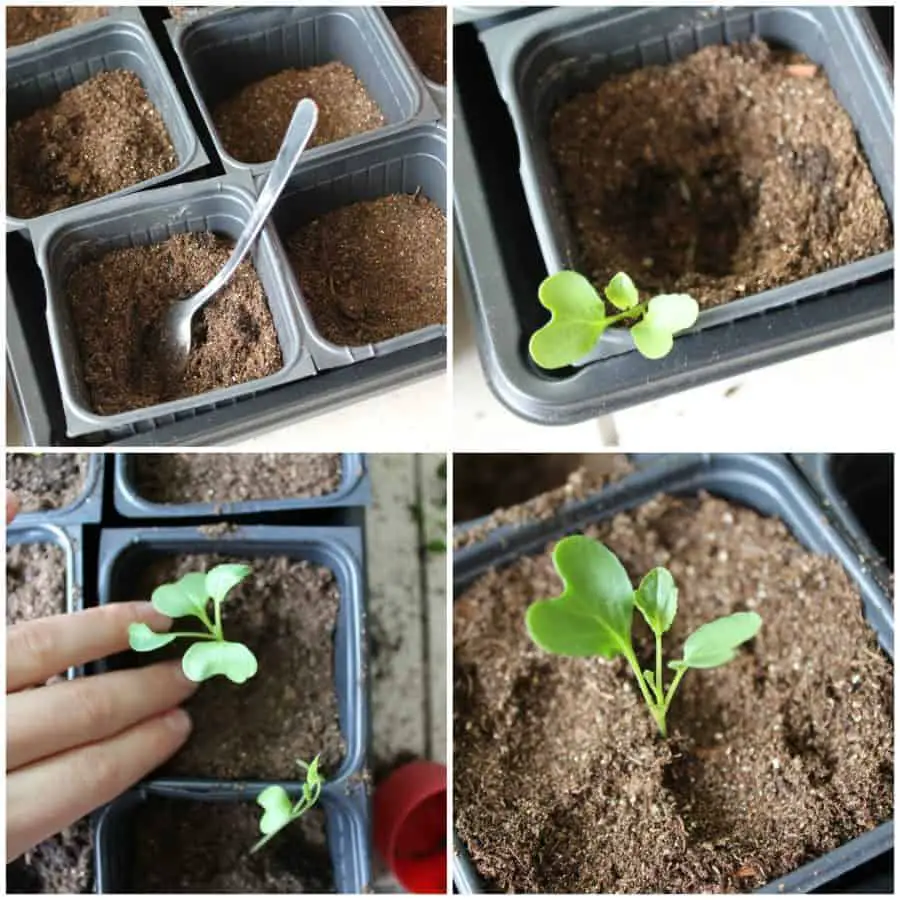
Conclusion
Although it may take years of practice to grow your own transplants it’s a rewarding experience. In the long run a packet of seeds tends to be cheaper than buying a transplant. Don’t feel bad AT ALL if you kill some seedlings along the way, it’s easy to make that mistake and I’ve done it many times.

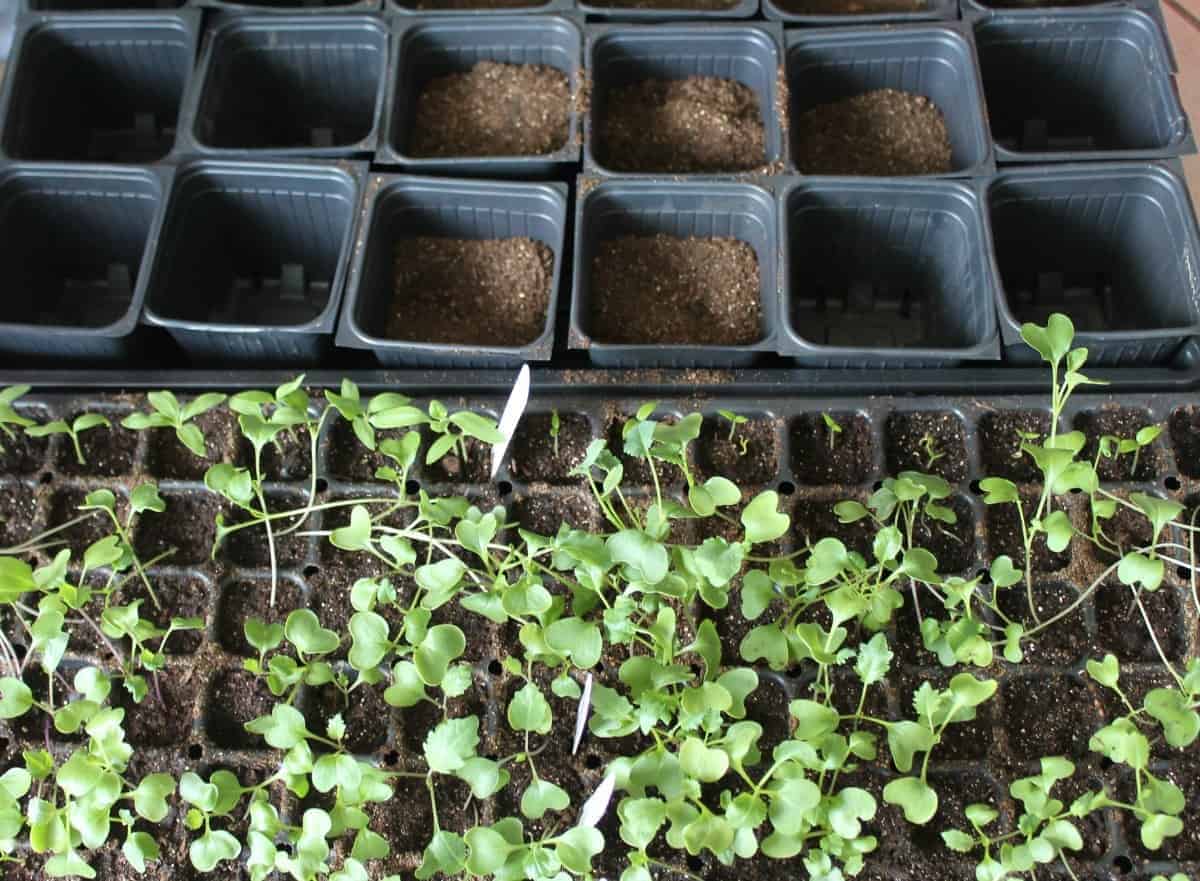

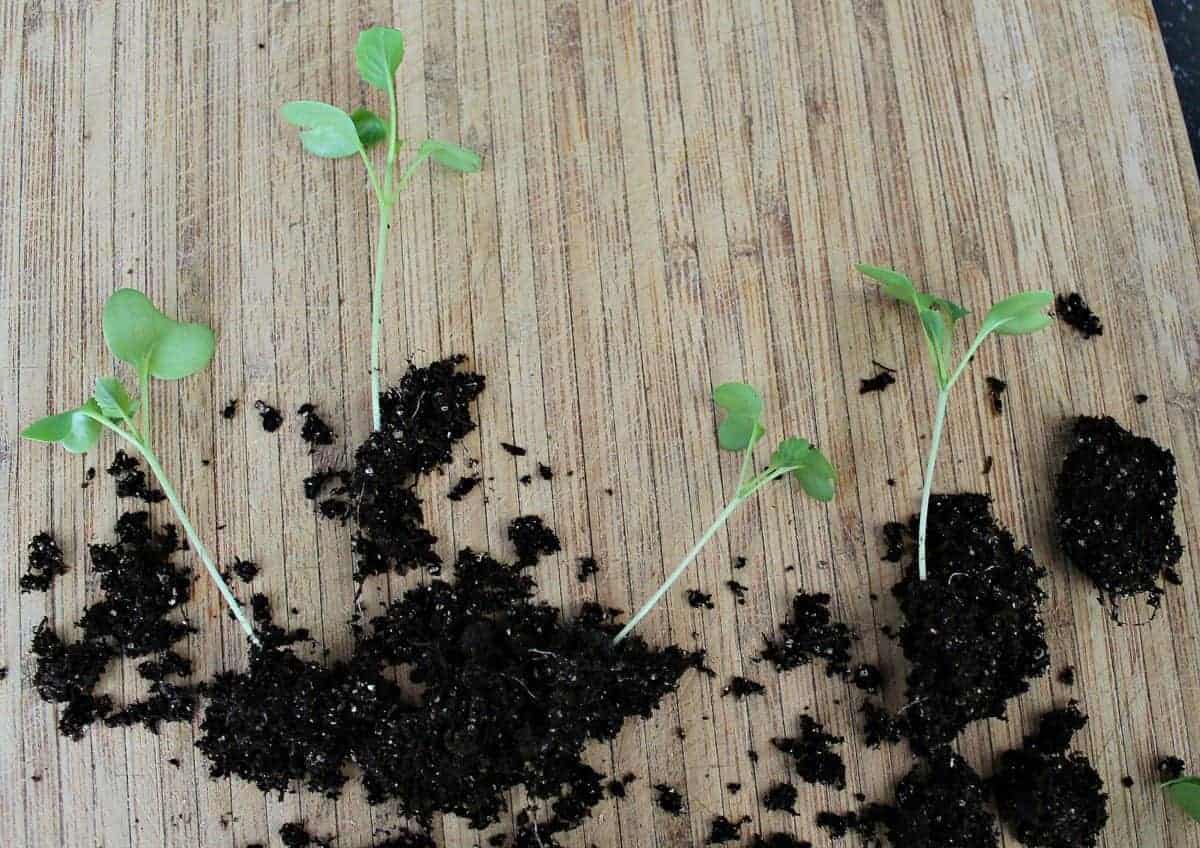
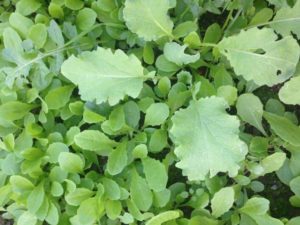
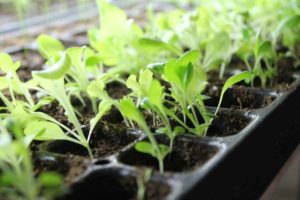
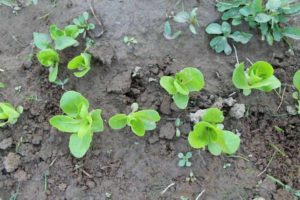
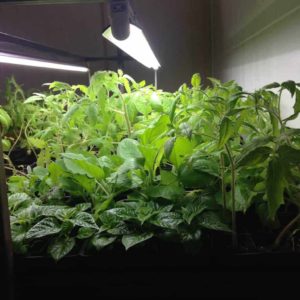
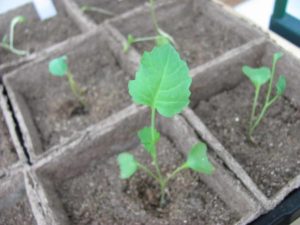

tnx for the info, i will apply what i have learned next time. Keep it up!
Couple of questions: What size pots do you use to re-pot your seedlings? And just to clarify, you recommend continuing to use a seed starting mix when repotting (rather than switching to potting soil)? Thanks!
Hi Jamie, great questions. I use either a potting mix or seed starting mix, once the seedlings are 4 weeks old I boost with seaweed water if they are seedlings such as tomatoes that I keep inside for 8 weeks. Plants that are only 4 weeks before going out (such as zucchini) I don’t feed. As for pot size, it really depends on what you’re growing. Tomatoes, peppers and melons dislike root disturbance. I use 3.5 or 5.5 pots that come in the packs that fit into our seed starting trays. Certain plants like lettuce or the broccoli family I keep in the deeper 6 pack seed starting pots. In general, the deeper the better for root expansion. Hope that helps, happy gardening.
Hello Isis loran I have a couple of questions
When I transplant my zucc seedlings did you mean I can bury the stem under the dirt,just like you do with tomatoes? They are quite leggy and I am unsure.
If you can give me some advice it would be very appreciated, Tracey